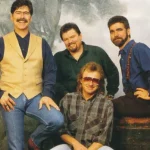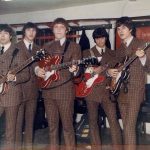Contrasting Rock Legends: The Progressive Thought of Rush and the Wild Excess of Mötley Crüe
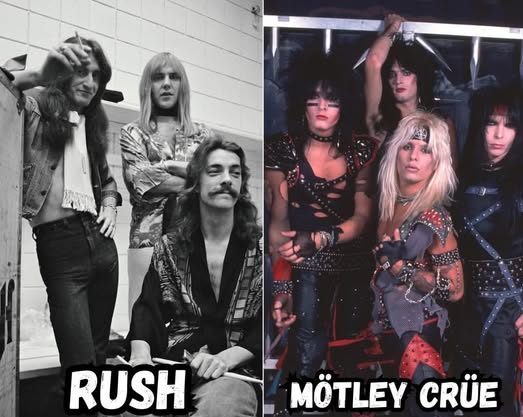
In the vast and diverse world of rock music, some bands have defined an entire decade or movement, forging immortal legacies through their music and lifestyles. Rush and Mötley Crüe are two prime examples, representing two opposing poles yet both undeniably powerful forces in the history of Euro-American rock. One embodies the intricate sophistication of progressive rock, while the other explodes with the untamed, hedonistic spirit of glam metal.
Rush: An Emblem of Refinement and Intellect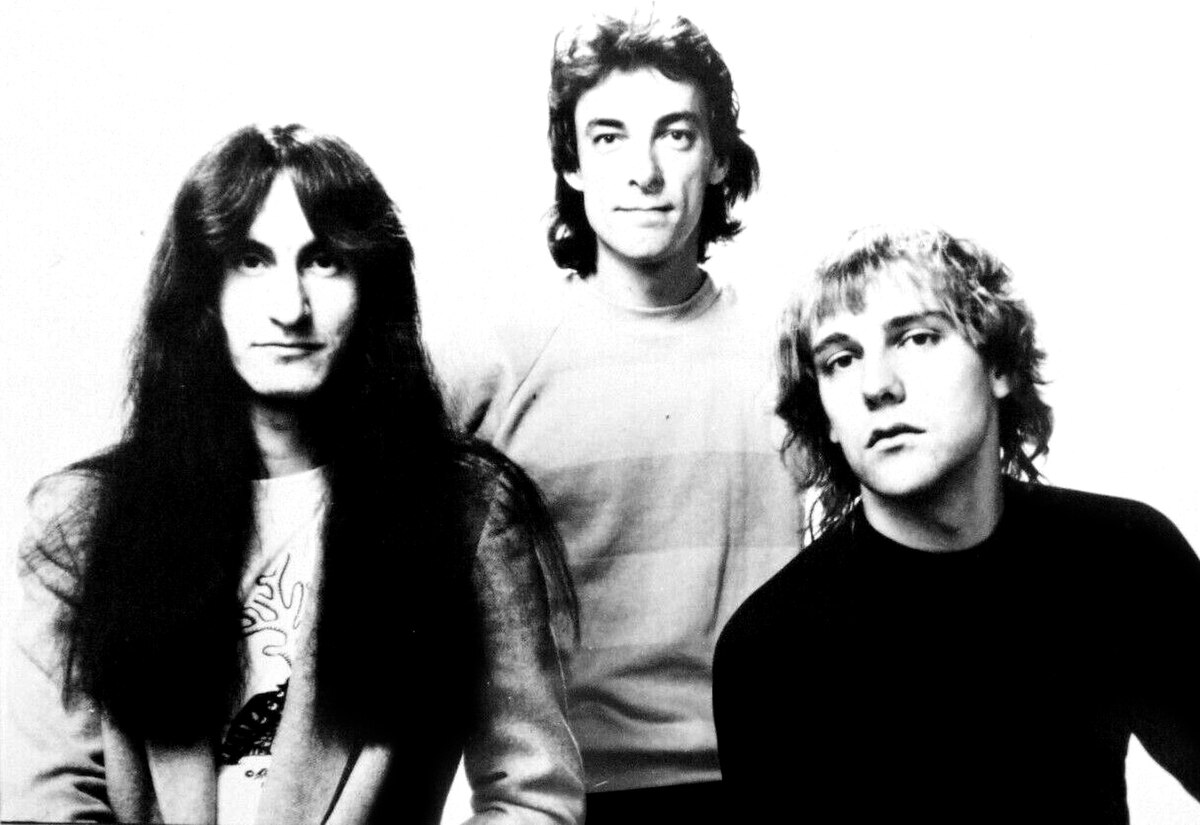
Rush, the Canadian trio, etched their name into rock history with their complex and thought-provoking progressive rock sound. Emerging in the late 70s and reaching their peak in the 80s, Geddy Lee (bass, vocals), Alex Lifeson (guitar), and the late Neil Peart (drums, lyrics) together created classic albums such as 2112, Moving Pictures, and Permanent Waves. Rush’s music was not merely catchy tunes; it was a masterful blend of technical prowess, intricate song structures, and deeply philosophical lyrics, often exploring themes of science fiction, individual freedom, and philosophical concepts.
Neil Peart, with his unparalleled drumming skills and erudite lyrical abilities, defined the “intellectual” core of Rush’s music. Their compositions often featured extended instrumental passages, unexpected rhythmic changes, and an astonishingly tight coordination among the three members. They did not chase trends but steadfastly adhered to their artistic vision, carving out a unique space in the hearts of their fans. Rush’s dedication to their craft earned them a devoted global fanbase and critical acclaim, solidifying their status as one of the most influential and innovative rock bands of all time. They are a testament that rock is not just noise but can also be a high form of art.
Mötley Crüe: The Embodiment of Wildness and Frenzy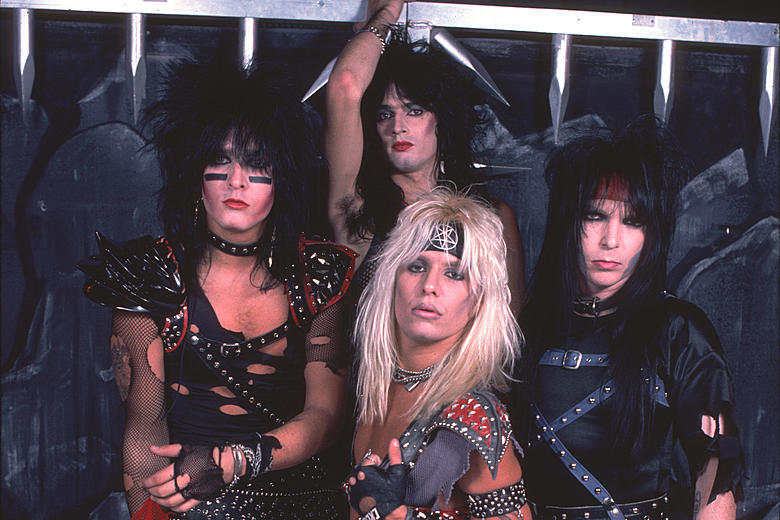
In stark contrast to Rush’s sophistication, Mötley Crüe defined the wild, glam-infused rock ‘n’ roll excess of the 80s. With their larger-than-life personas, rebellious attitude, and unforgettable anthems like “Kickstart My Heart,” “Dr. Feelgood,” “Shout at the Devil,” and “Home Sweet Home,” Mötley Crüe personified the chaos and hedonism of rock stardom. The band, comprising Vince Neil (lead vocals), Mick Mars (guitar), Nikki Sixx (bass), and Tommy Lee (drums), was as famous for their outrageous antics and off-stage dramas as they were for their music.
Their high-energy performances, flamboyant costumes, and “glam metal” image captivated millions. Mötley Crüe sold millions of albums and generated a powerful cultural wave, representing a generation yearning for freedom and breaking all boundaries. Although their career was sometimes overshadowed by scandals and internal struggles, Mötley Crüe’s music remains an indispensable part of the glam metal genre, influencing countless subsequent bands and affirming their position as unforgettable rock icons. They are a testament to both the dark and alluring sides of rock ‘n’ roll.
Two Paths, One Shared Rock Spirit
Rush and Mötley Crüe, despite following two entirely different musical paths, shared a core rock spirit: intense passion, unique creative ability, and a powerful impact on millions of fans. Rush proved that rock could be erudite and complex, while Mötley Crüe asserted that rock could also be wild, unrestrained, and utterly entertaining. Both left indelible marks on music history, demonstrating the diversity and vibrant life force of the rock genre, where both intellect and rebellion have their own rightful place.

